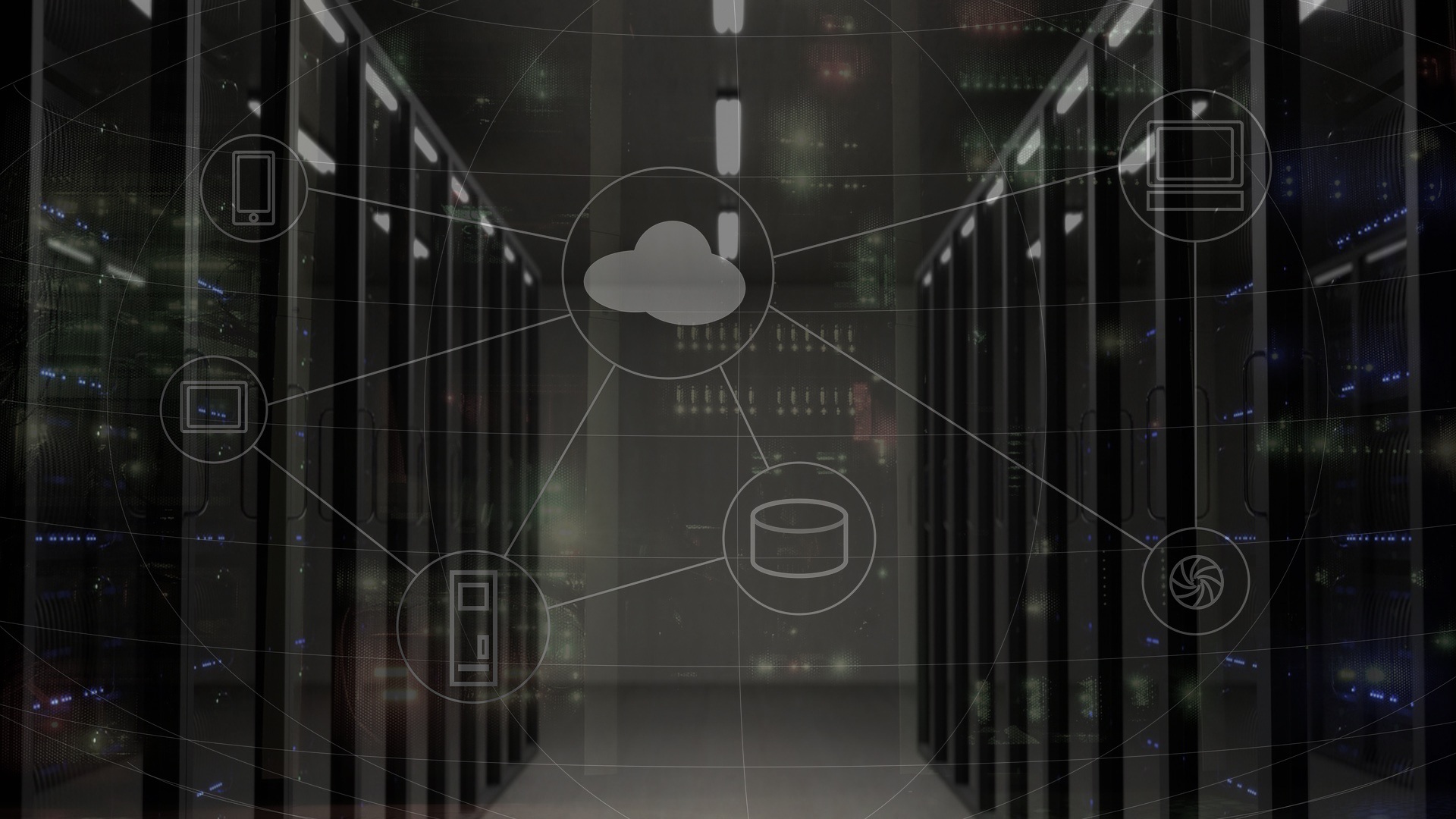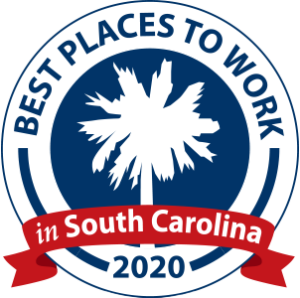
Within the past decade we’ve seen cloud computing go from a promising idea to the foundation of many businesses. While cloud computing as a concept has been around since 1963 — when DARPA (the Defense Advanced Research Projects Agency), the precursor to the internet, funded the creation of the first “cloud” computer — its only recently that the true potential of the cloud has been recognized and utilized by businesses.
50% of companies now claim that 31% – 60% of their entire IT systems are cloud-based. Building IT infrastructure for cloud computing accounts for more than a third of all IT spending worldwide.

One of the primary reasons for this growth is the expansion of software as a service (SaaS) products, which allow companies to pay a subscription fee in order to use a product or access a service, rather than paying for the equipment, staff, and training traditionally necessary. Cloud computing is needed to offer these types of services, hence its substantial growth in the last ten years.
Unlike other services that implement the cloud — such as infrastructure as a service (IaaS), platform as a service (PaaS), and desktop as a service (DaaS) — SaaS enables companies to access fully functional applications on-demand without having to worry about complicated configurations or how to scale.
While all these different cloud implementations are significant, here we’ll dive into why SaaS and the cloud have become so popular and what it means for businesses of all sizes.
Cost
Cost is one of the primary reasons for the growth of cloud computing and SaaS products, and it permeates many of the other aspects that have made these developments so attractive to businesses small and large.
The biggest change is the shift from large, upfront, capital expenditures (CapEx), which would often require years before a return was seen on the initial investment, to smaller, recurring, operational expenditures (OpEx), which significantly lower the barrier of entry for products and services that were once relegated to the realm of the largest enterprises.
Think about what it would have been like to implement large-scale IoT tracking in a manufacturing plant before SaaS. You would have had to pay for the sensors (the hardware) and experts to train your employees. You’d also have to pay for the upkeep and repair of your hardware, or the cost of training new employees, which is unpredictable and complicates your ability to forecast.

With SaaS, most of these problems are alleviated. By paying a subscription fee you get the hardware and necessary expertise at a fraction of the cost. The maintenance of your hardware is the responsibility of your provider, so you don’t have to pay for in-house technicians. And since you’re paying a fixed monthly fee, your forecasts are far more predictable.
That doesn’t mean the cloud doesn’t come with its own challenges. A significant one is the migration of existing data to the cloud, which can be a complicated and costly process. Moving several years’ worth of information is no simple task, even if the cloud application you’re migrating to is cheap and easy to access. This is typically more of a concern for larger, older organizations, but it‘s important to consider, nonetheless.
Niche Products
Now that the infrastructure required to support software products is far more affordable, there has been an explosion of niche products that solve very specific problems. This is exciting for a couple of reasons:
- On the one hand, this has opened the playing field to a much wider range of companies, allowing more organizations to build unique products and tools. More competition means better products and more accountability, which is a very good things for consumers.
- On the other hand, this is extremely useful for organizations that have had to find workarounds for their software or pay for costly customizations. Now there are numerous products that can solve unique problems out-of-the-box, and many of them integrate with larger software systems like CRM and ERP.
With integrations becoming cheaper and more stable than ever before, the rise of specialty products is extremely exciting for providers and consumers alike. Like anything else, however, this also presents new challenges.
Market saturation is one such problem that SaaS companies will need to address in 2019. There are already tens of thousands of SaaS products available, with hundreds of options for any single problem set. Healthy competition is a good thing, but having too many options leaves buyers feeling overwhelmed and fatigued, which can lead them to make rash decisions or opt out of the buying process altogether.
Comfort Level
With any technology (look no further than the recent Galaxy Fold fiasco), early adoption is risky. When you use something that is in the early stages of development and hasn’t stood the test of time, you will inevitably run into problems.

No piece of hardware or software is going to be perfect the first time around, and most large enterprises know this. And smaller organizations – with less exposure to technology, fewer resources to spare, and integration concerns – have always been hesitant to adopt new technology.
There can also be misconceptions around the true strengths and weaknesses of new technology, causing people to make assumptions that ultimately lead to disappointment.
One important lesson business owners have learned over the years is that the advantages of the cloud aren’t purely associated with hardware costs. Early adopters thought this was the case, but quickly moved back to on-premise solutions when they realized they couldn’t get comparable hardware for less money.
The advantages really come into focus when you consider the time and money you save on maintenance, management fees, and satisfying security requirements. It’s also important to consider the flexibility that the cloud allows for — enabling you to quickly ramp up new environments, try new things, and innovate within your industry.
Fortunately we’re past the early stages of the cloud and it has proven itself to be a game changer in the world of software development. The challenges it presents are more clearly defined and predictable, so business owners don’t have to speculate about what difficulties will arise when migrating. Organizations also have a better understanding of how to best leverage the cloud and squeeze the most out of it.
Considering that the cloud is allowing for complex automation and putting the power of AI in the hands of smaller organizations, it’s no wonder that it has experienced such a surge in growth in recent years.
Are You a Part of the Revolution?
Gartner predicts that the cloud market will grow by 17.3% in 2019. SaaS is predicted to grow by 17.8%. And on top of all that, there are plenty of benefits we haven’t covered; scalability, integrations, regular and less costly upgrades, and less time spent installing and configuring software, to name a few.
While SaaS and the cloud present their fair share of challenges, they are at the very least well defined. User error and overall security are a concern, but can be addressed through proper training, multi-factor authentication, and following development best practices. Managing cloud spend and governance have become the number one concern for organizations; but on the flip side, long-standing challenges like cloud migration and having access to the proper resources and expertise have decreased.
As the cloud and SaaS become the norm, the challenges they present, as well as the benefits they bring, will continue to fluctuate. Regardless, it’s clear that these developments are making waves in the tech community. And while the cloud and SaaS aren’t a silver bullet, the possibilities and benefits are clear and far outweigh the disadvantages.


